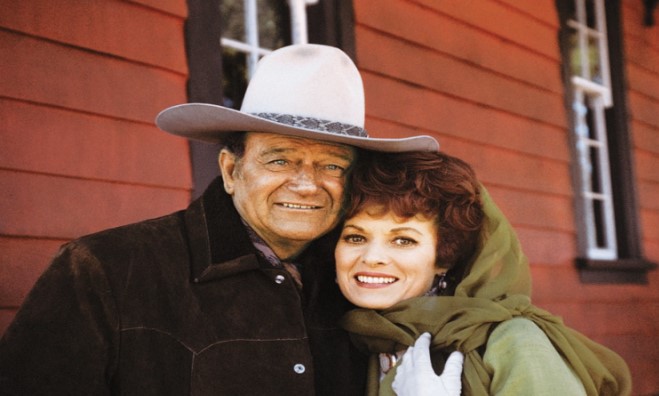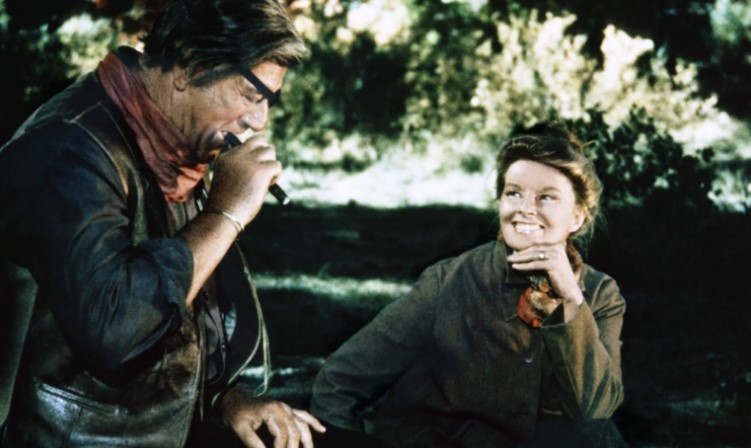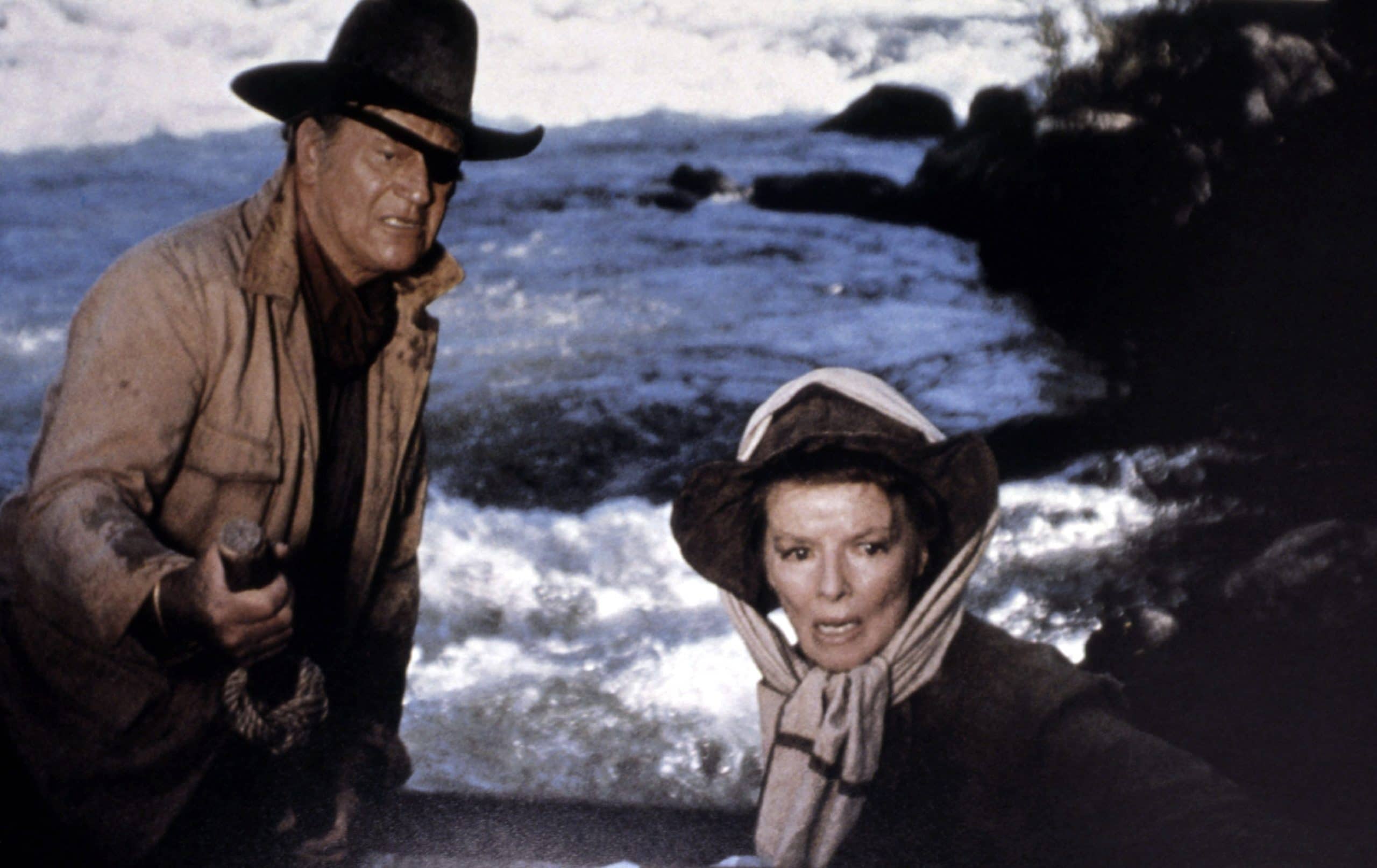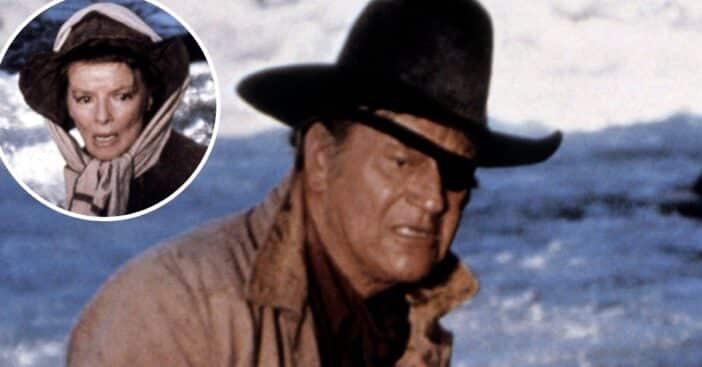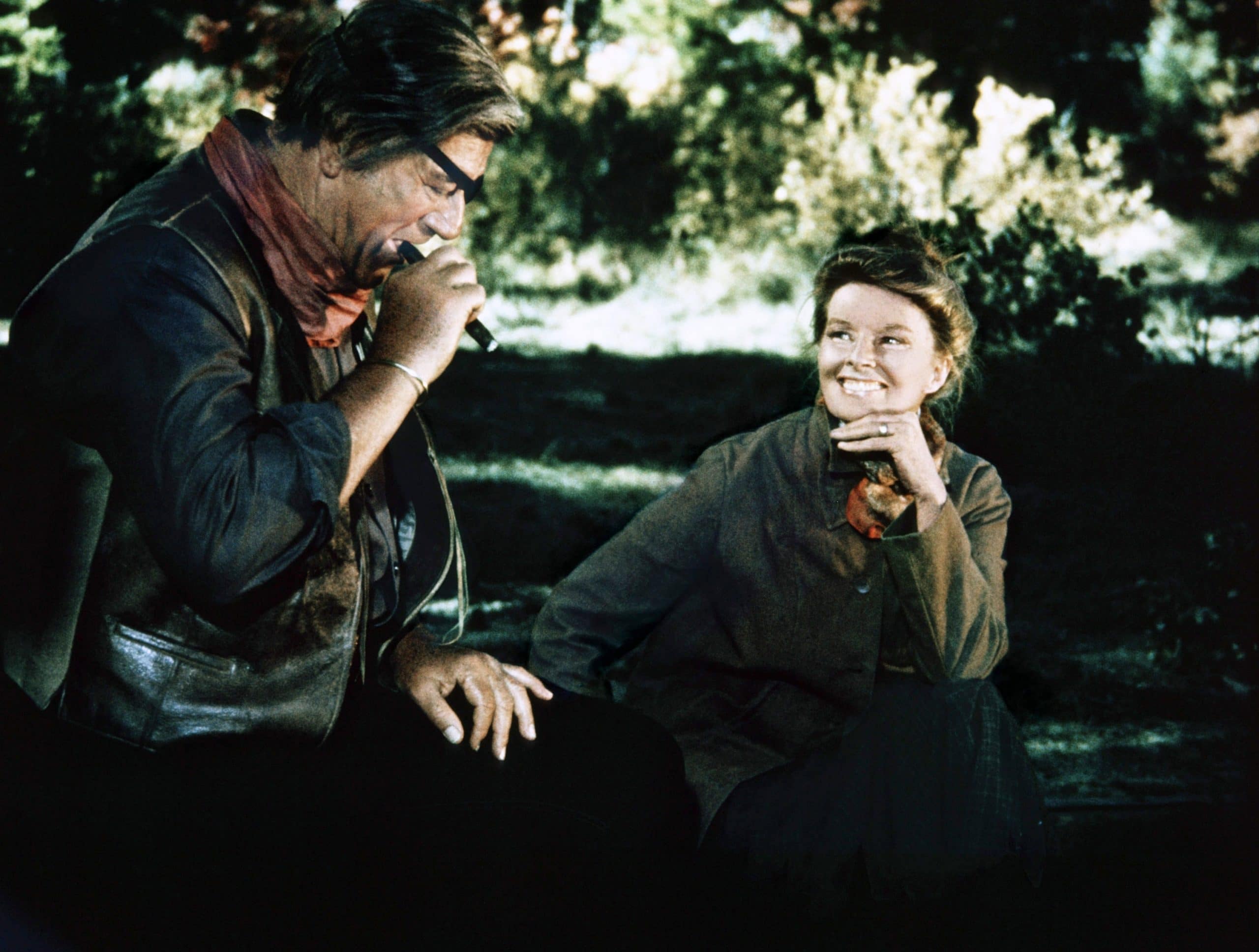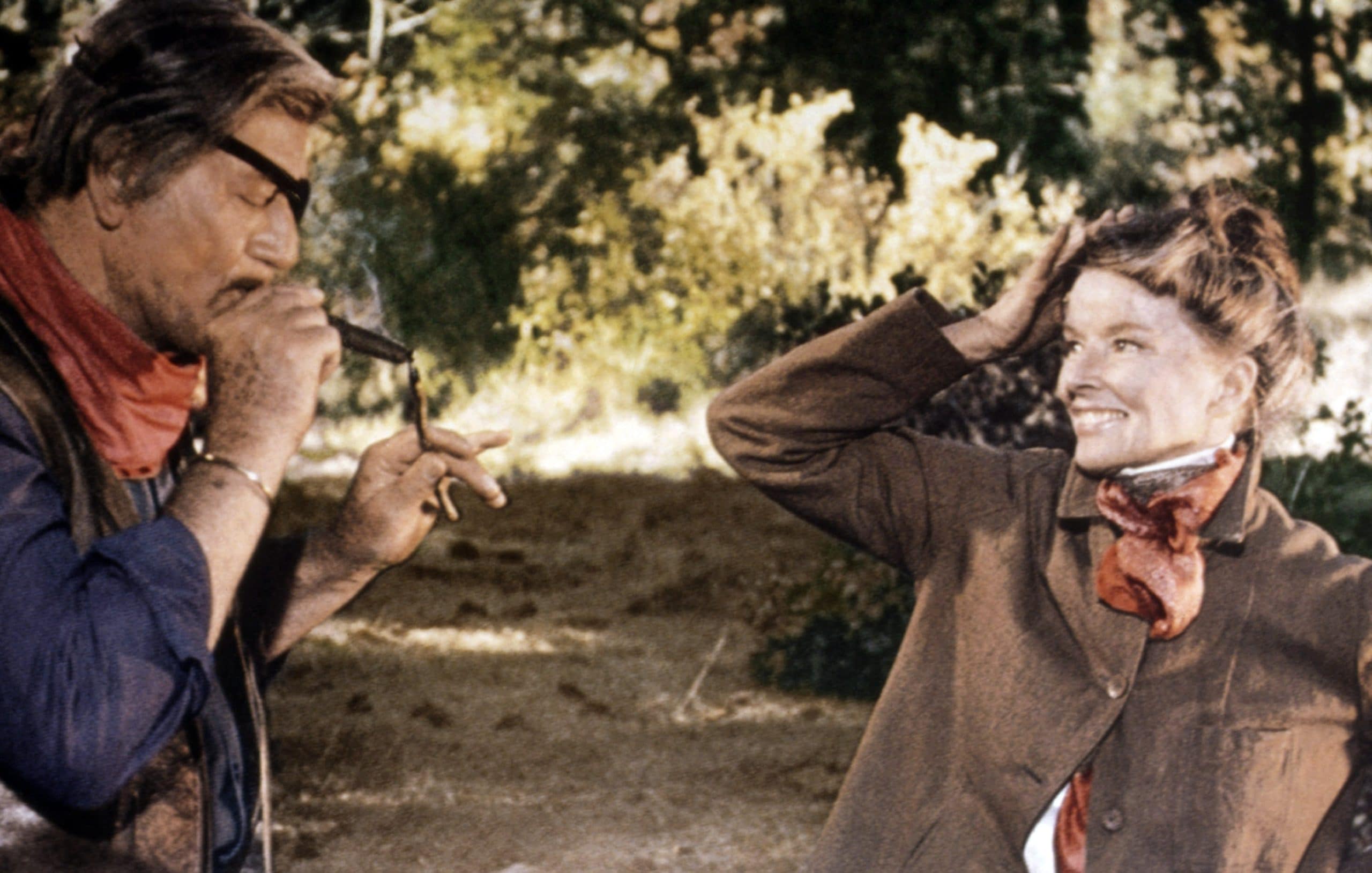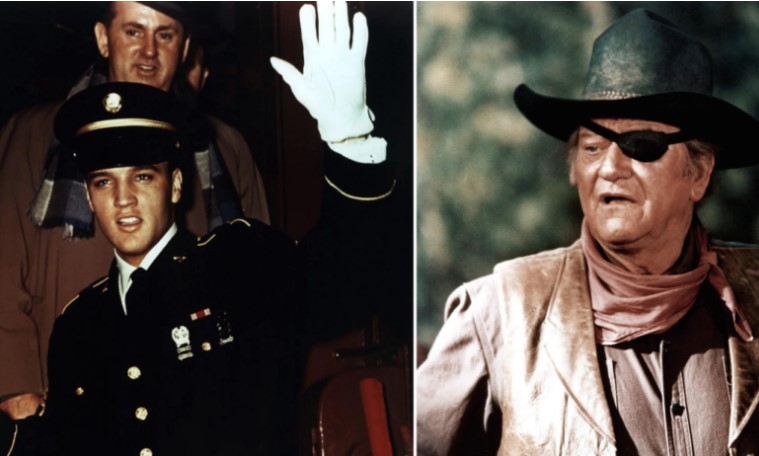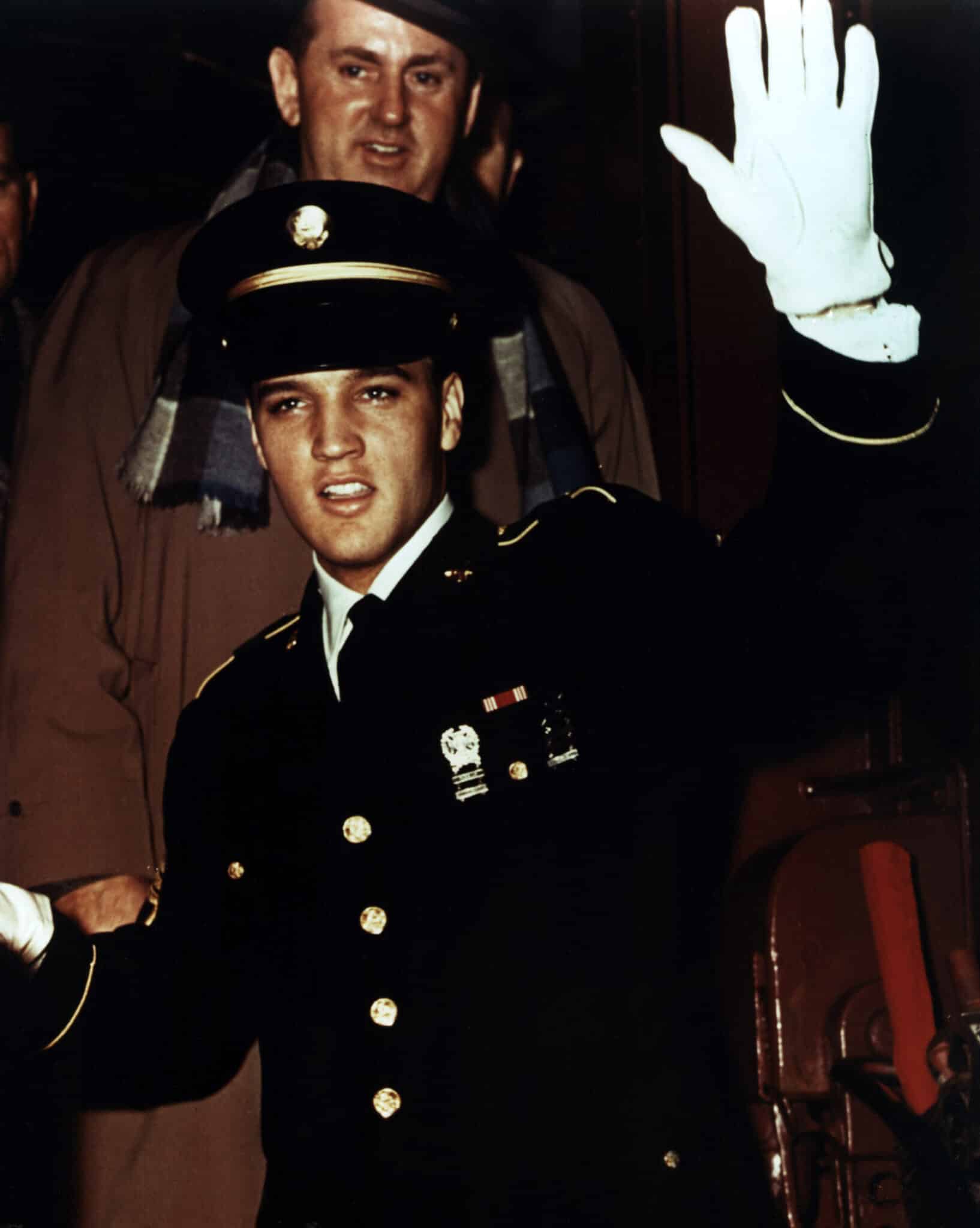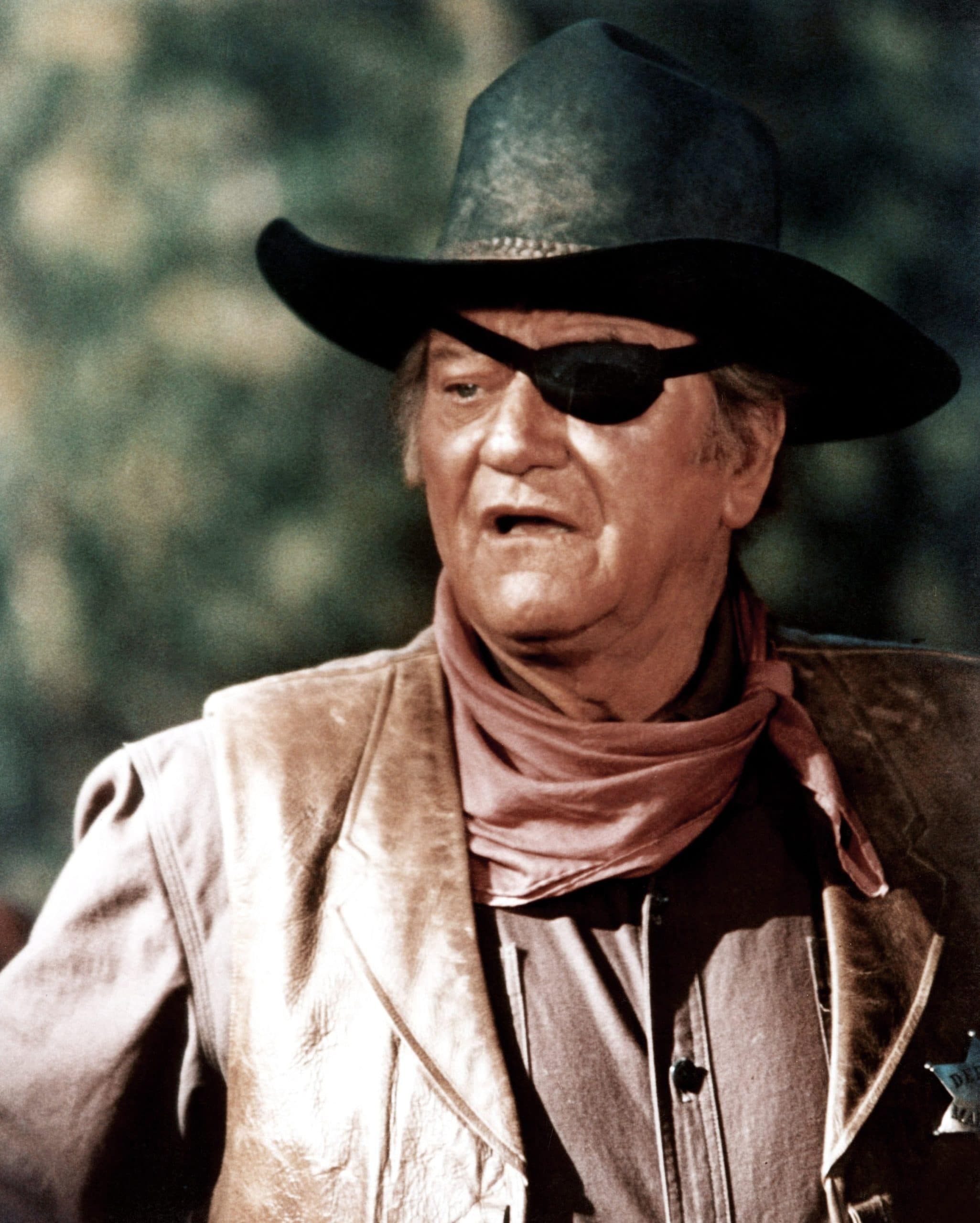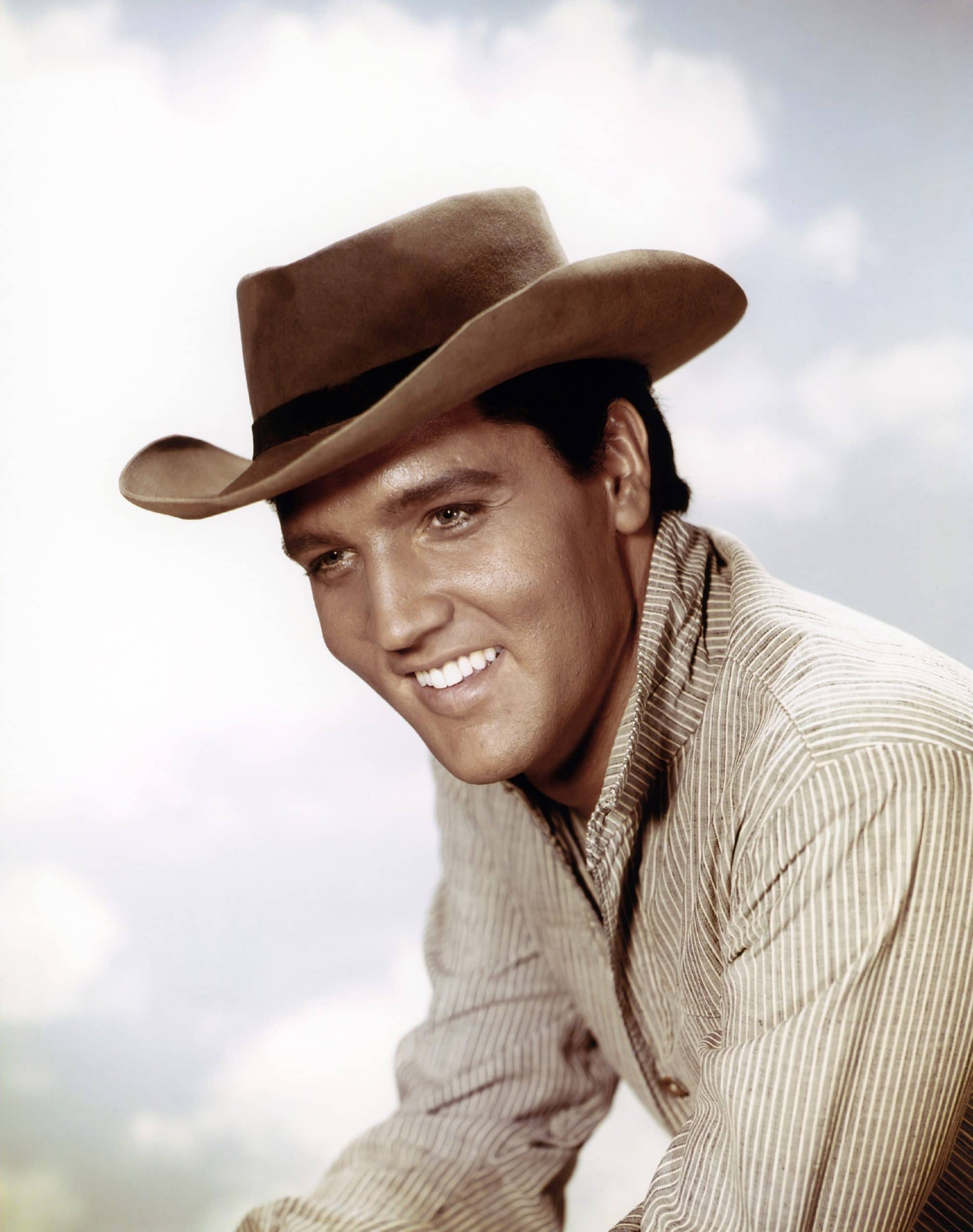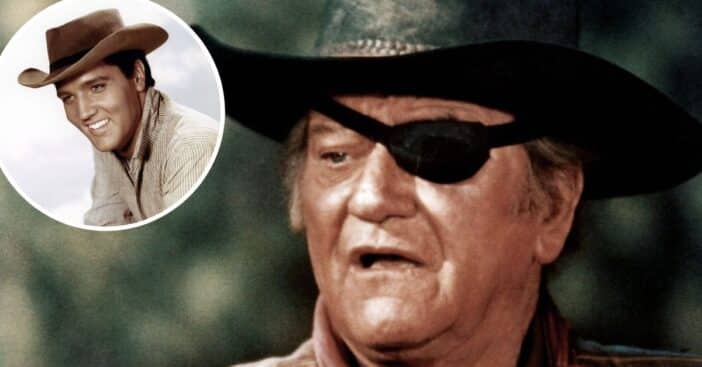Over a century has passed since the start of Hollywood, and fans have seen the release of hundreds of thousands of movies across various genres. However, one genre has been a staple of cinema since the 1930s, and although its golden age ended in the ’60s, modern films still reference the ambiance of those masterworks.
Over the years, some Westerns entertained the audiences with heroic gunslingers while some explored the lands of fictional Western America. Given the abundance of high-quality films in the genre, it is understandable that fans would want to watch them on everyone’s favorite streaming service, Prime Video. Western legends like John Wayne and Robert Mitchum teamed up on films like El Dorado while classics like True Grit have since been rebooted for a new generation. We’ve selected a few of those iconic Westerns here for fans to enjoy, in no particular order.
10True Grit (1969)
![John Wayne and Kim Darby in True Grit]()
Paramount Pictures
Some films are just meant to please as wide an audience as possible, although most of them essentially experiment in that regard. True Grit, in that sense, shines without any problems, with John Wayne delivering one of his best performances as a cowboy.
The film, which earned an Oscar for John Wayne for Best Actor in a Leading Role, followed a stubborn teenager named Mattie Ross (Kim Darby). She embarked on a mission of vengeance after one of her family’s employees killed her father. With the help of a drunken Texas Ranger, Mattie tracked down him all the way to Indiana hoping to bring her father’s killer to justice, all while dealing with several obstacles along the road.
9The Magnificent Seven (1960)
![Cast of The Magnificent Seven from United Artists]() United Artists
United Artists
Great Western thrillers shined in the ’60s, both in terms of storytelling and casting. The Magnificent Seven falls into both categories. The movie itself is a Western remake of Kurosawa’s Seven Samurai with a cowboy aesthetic, but it is brilliantly handled and will go down in history as a classic. The film was remade in 2016, which can also be seen with an AMC+ subscription on Prime Video.
The story takes place in a small Mexican farming village that is oppressed by bandits every year and loses a portion of its hard-earned harvests. The village elders sent three men to find mercenaries who could help them deal with the bandits. The result is the Seven, who became guns for hire for their own reasons. They are left to take on thirty greedy bandits while ensuring that no one dies in the village in one of the most iconic Western films from the ’60s.
8The Horse Soldiers (1959)
![John Wayne in The Horse Soldiers]() United Artists
United Artists
The Horse Soldiers is a tragic Western movie directed by John Ford and starring John Wayne. The film is based on an actual Civil War incident where Col. John Marlowe (John Wayne) is tasked with leading a troop of Union Cavalry and riding hundreds of miles into the enemy’s territory to destroy the railroad at Newton Station, Mississippi.
Accompanied by a few other important personnel, he must lead the troops while avoiding the enemies’ eyes, as well as refrain from contacting the rebel bases until he reaches the destination. Often described as Ford’s most underrated work, The Horse Soldiers is unquestionably worth adding to the watch list.
7The Sons of Katie Elder (1965)
![John Wayne and Dean Martin in The Sons of Katie Elder]() Paramount Pictures
Paramount Pictures
The Sons of Katie Elder is a beautiful Western film that captivates the viewers with a theme of brotherhood, plenty of thrills, and flashy action sequences. The film stars John Wayne, Dean Martin, Earl Holiman, and Michael Anderson Jr.
RELATED:The 10 Most Influential Westerns Of All Time, Ranked
The Sons of Katie Elder depicts the story of four brothers who are reunited after learning that their mother was murdered in cold blood. They devise a plan to seek vengeance within their expertise, but things take an unexpected turn when big players like the Marshal and other ominous gunfighters get in their way.
6Duel at Diablo (1966)
![Scene from Duel at Diablo movie]() United Artists
United Artists
Duel at Diablo is an action-packed Western film full of exciting and intense moments that address the underlying issues of discrimination. The movie, filmed in 1966, features a combination of both American and international actors, providing an interesting blend for viewers.
The film follows an ex-scout named Jess Remsberg (James Garner), who is searching for the killer of his wife. However, he is interrupted by Lieutenant McAllister (Bill Travers), who is on a mission to transport ammunition wagons through Apache territory with a minuscule number of soldiers. When the troops are unexpectedly ambushed by enemies, the party must risk traveling through Diablo Canyon to have a shot at survival.
5The Dark Valley (2014)
![Scene from The Dark Valley movie]() Film Movement
Film Movement
Revenge Westerns often seem to work well, and The Dark Valley surprisingly demonstrates this fact with a gritty tone and stunning cinematography. The film, filled with beautiful imagery and a unique Alpine setting, is a gripping experience for the viewers.
The story is about a mysterious cowboy from Texas who hides a dark secret from his past. He arrives at a sinister valley controlled by a family of dark origins that terrorizes the locals. However, his arrival changes things, and the repressive family decides to take matters into their own hands and let the protagonist fight for his survival.
4El Dorado (1966)
![Robert Mitchum and John Wayne in El Dorado]() Paramount Pictures
Paramount Pictures
Howard Hawkins, who received an Honorary Academy Award in 1975, directed and produced El Dorado. The classic Western is everything fans know to expect from a John Wayne film. It goes without saying that he plays nearly the same character in almost every movie, but it worked like a charm in this film. The story is about the reunion of two old friends; a sheriff played by Robert Mitchum and a gunfighter for hire, played by John Wayne.
When they reunite in a western town, they join forces with an old fighter to help a rancher fight against a rival family hell-bent on stealing their water reserves. El Dorado is certainly not among everyone’s Western favorites, but it has what it takes to keep you entertained for a couple of hours without problems.
3Stagecoach (1939)
![Classic scene from 1939's Stagecoach movie]() Walter Wanger Productions
Walter Wanger Productions
Stagecoach is the film that started it all, from the reign of Western movies to John Wayne’s incredible career that spanned over four decades. Despite being one of the initial Westerns, the film offers plenty of thrills to keep fans on the edge of their seats, and John Ford’s excellent direction leaves little room for errors.
RELATED:20 Biggest Movie Stars Of The 1940s
A stagecoach travels through the desert, hoping to catch up with the military unit while carrying a few other passengers, including the wife of the officer in charge. The passengers range from a vengeful outlaw to a drunken doctor, but they must work together to survive as their path is littered with hazardous situations.
2The Man Who Shot Liberty Valance
![Scene from The Man Who Shot Liberty Valance movie starring Jimmy Stewart and John Wayne]() John Ford Productions
John Ford Productions
The Man Who Shot Liberty Valance is based on a short story by Dorothy M. Johnson. It tells the tale of Ransom Stoddard (James Stewart), an attorney who finds himself on the brink of death during a stagecoach robbery by a notorious outlaw named Liberty Valance.
However, he is rescued by Tom Doniphon (John Wayne) and brought to a small lawless area where he resolves to end Valance’s reign, even if it means exploiting the law to his benefit. The Man Who Shot Liberty Valance was among the last ones directed by John Ford, and despite delivering a traditional Western flick with a good guy vs. bad guy concept, it is truly a memorable film that never gets old.
1Once Upon a Time in the West (1968)
![Henry Fonda in the western movie Once Upon a Time in the West]() Paramount Pictures
Paramount Pictures
Thanks to the creative and marvelous storytelling of acclaimed filmmaker Sergio Leone, Once Upon a Time in the West is one of the finest Westerns of all time. It’s quite hard to believe that the film was actually released in 1968 since it is well ahead of its time. It both captured the flawless Western ambiance and enhanced the film with incredible soundtracks by Ennio Morricone.
The film follows Frank, a mystery cowboy, on a quest to protect a beautiful young widow from a ruthless assassin working for the railroad. However, over the years, he has made many enemies with one particular individual who will go to any length to see him dead, making his mission fraught with danger at every turn.


 Entertainment7 months ago
Entertainment7 months ago
 Entertainment7 months ago
Entertainment7 months ago
 Entertainment8 months ago
Entertainment8 months ago
 Entertainment9 months ago
Entertainment9 months ago
 Entertainment7 months ago
Entertainment7 months ago
 Entertainment8 months ago
Entertainment8 months ago
 Entertainment8 months ago
Entertainment8 months ago
 Entertainment7 months ago
Entertainment7 months ago

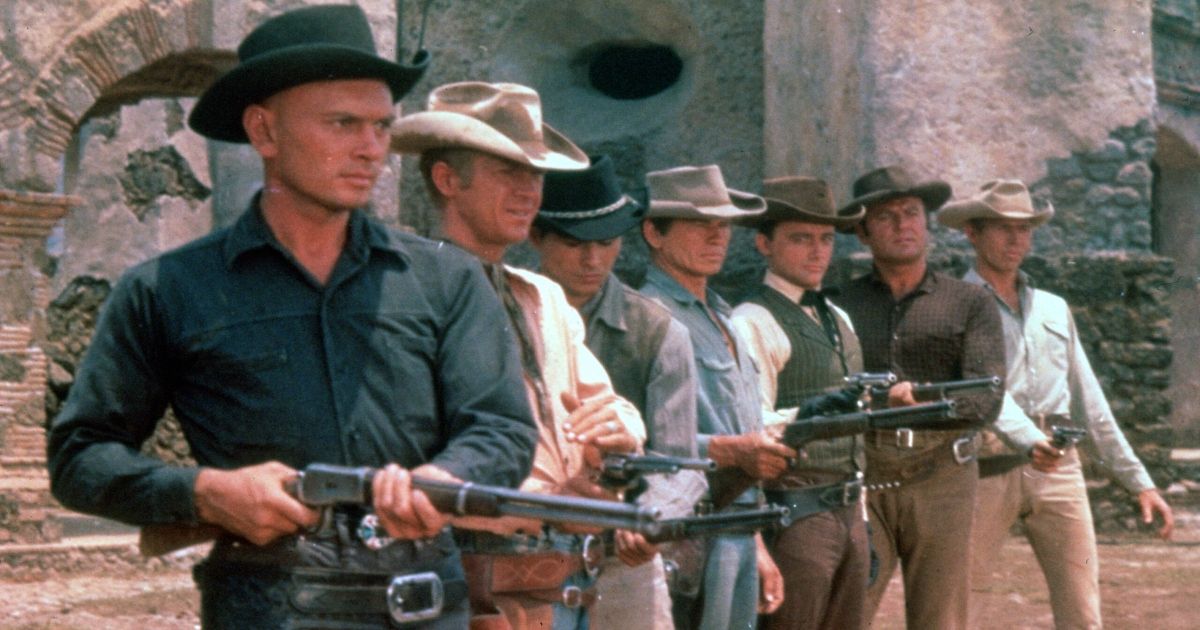 United Artists
United Artists United Artists
United Artists Paramount Pictures
Paramount Pictures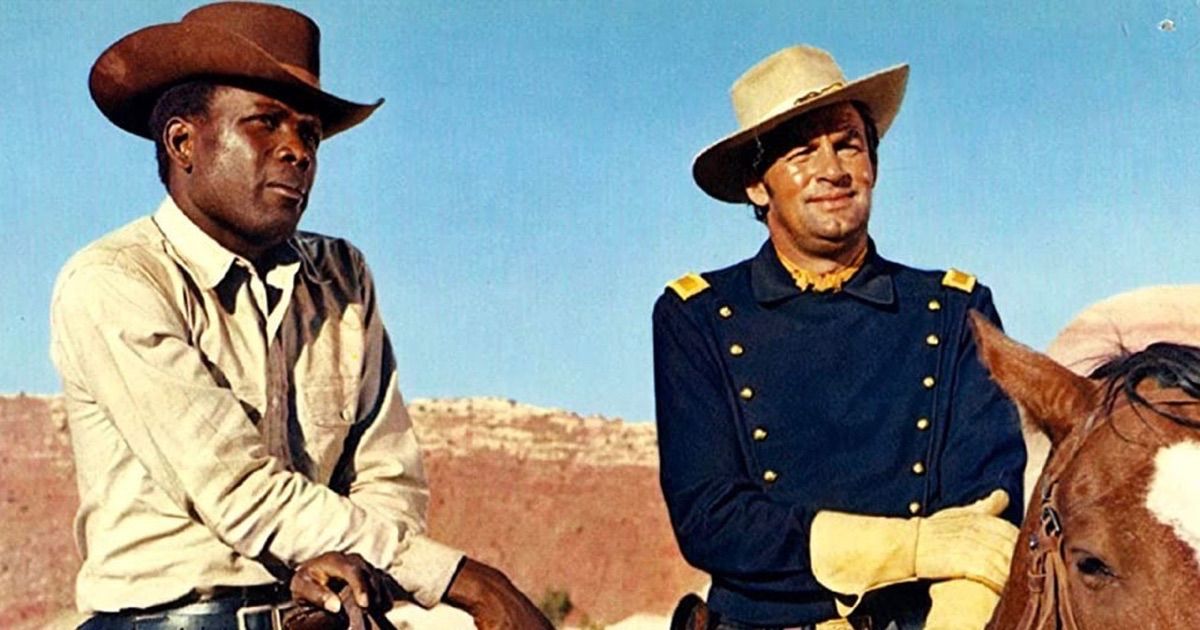 United Artists
United Artists Film Movement
Film Movement Paramount Pictures
Paramount Pictures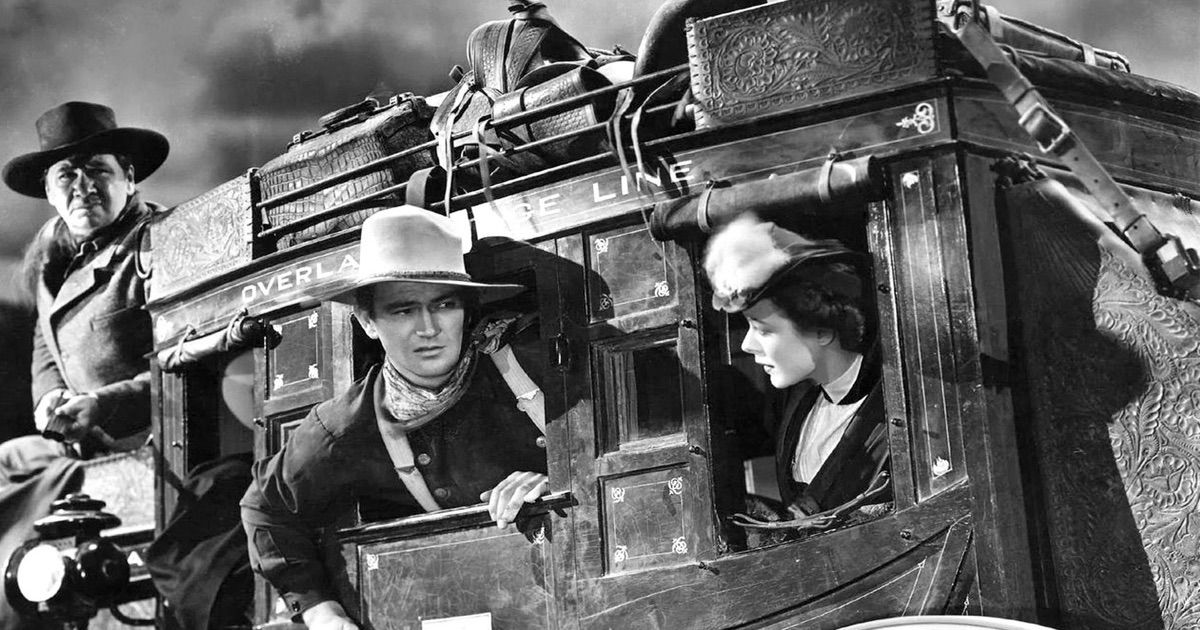 Walter Wanger Productions
Walter Wanger Productions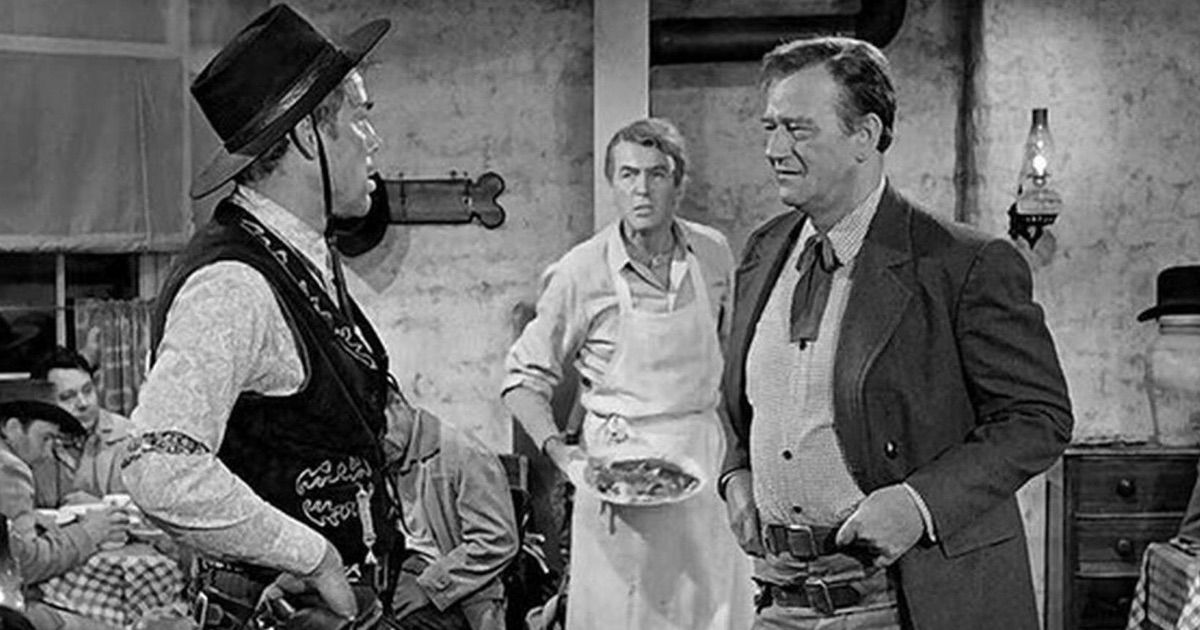 John Ford Productions
John Ford Productions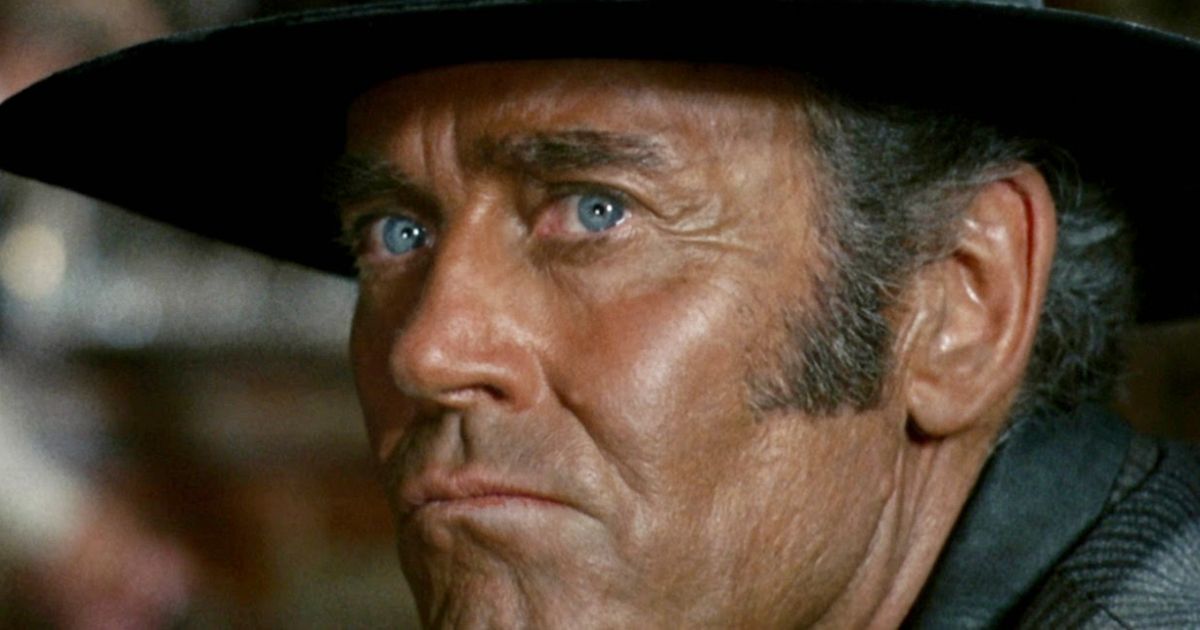 Paramount Pictures
Paramount Pictures